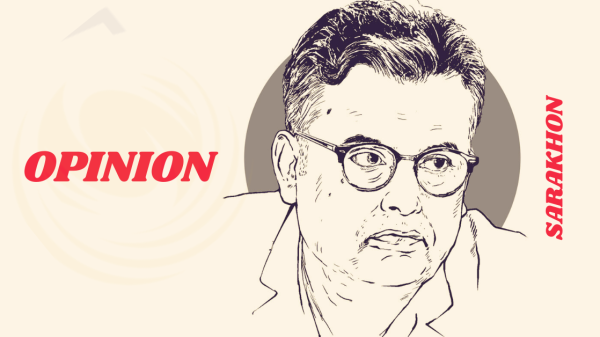GERMANY TIGHTENS DRONE DEFENSES AMID ‘HIGH’ THREAT TO CRITICAL SITES

Policy steps and regional backdrop
Germany said it will take new steps to defend against a “high” threat from drones targeting critical infrastructure and crowded public spaces. Interior authorities cited recent incidents across Europe and warned that low-cost unmanned systems complicate detection and attribution. Planned measures include tighter no-fly zones near sensitive facilities, expanded jamming and radar coverage, and closer coordination with NATO partners. Airports and rail hubs remain open, but operators have been told to prepare contingency plans if swarms or spoofing attempts occur. The debate reflects a broader European push to regulate consumer drones while deterring state-backed hybrid tactics.

Implications for business, travel and civil liberties
Energy grids, stadiums, and logistics depots are expected to face upgraded screening and temporary flight restrictions as rules roll out. Event organizers will need certified counter-UAS vendors; insurers are reassessing liabilities for cancellations triggered by drone alerts. Privacy advocates want guardrails on data retention and the scope of real-time aerial monitoring. For travelers and commuters, the near-term effect could be sporadic delays when alerts force brief shutdowns. Officials say public reporting—plus mandatory remote-ID for hobbyist flyers—will be key to tracing rogue devices and deterring copycats.
















